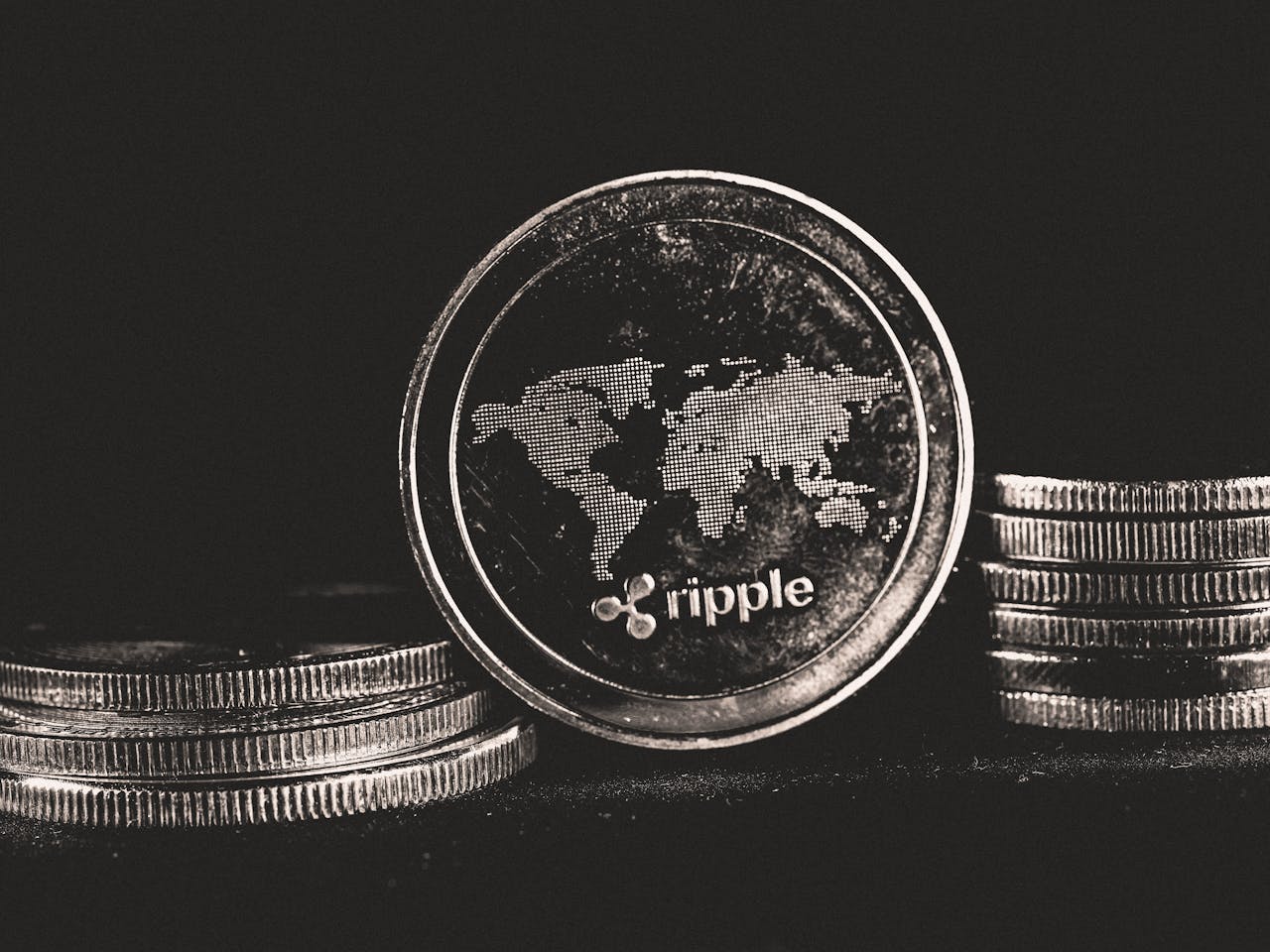Stablecoins are rapidly expanding beyond crypto trading and could soon outpace the broader cryptocurrency market, according to Citi’s Future Finance think-tank. With regulatory support and deeper institutional integration, Citi forecasts the stablecoin market could grow from today’s $240 billion to $1.6 trillion by 2030—and potentially reach $3.7 trillion in a bullish scenario. For comparison, the total global crypto market cap is currently around $3.45 trillion.
Stablecoins like Tether (USDT) and Circle's USDC, which are pegged to fiat currencies like the U.S. dollar, are increasingly used in payments, remittances, and even as cash-equivalent assets held by banks. Citi’s global head of Future of Finance, Ronit Ghose, says stablecoins are becoming key tools in mainstream finance—used by SMEs and corporations for cross-border transactions and serving as settlement layers for tokenized assets.
Fireblocks, a major crypto infrastructure provider, reports stablecoin usage shifting toward payments, with payment firms now accounting for 16% of all stablecoin transactions on its platform—up from 11%. Stablecoin transaction volumes grew over 30% quarter-over-quarter, with payment companies driving $82 billion in Q1 volume.
As stablecoins grow, they may compete or coexist with central bank digital currencies (CBDCs). Ghose notes global divergence in digital currency strategy, with the U.S. showing signs of stablecoin support while Europe may favor CBDCs. Regardless of approach, banks are expected to adopt both models, using stablecoins, CBDCs, and tokenized deposits for interbank and retail payments.
The narrative pits stablecoins as tools of innovation, while CBDCs are often viewed as top-down control mechanisms—"the Empire vs. Luke Skywalker" in Ghose’s analogy. The battle for the future of money is just beginning.























Comment 0